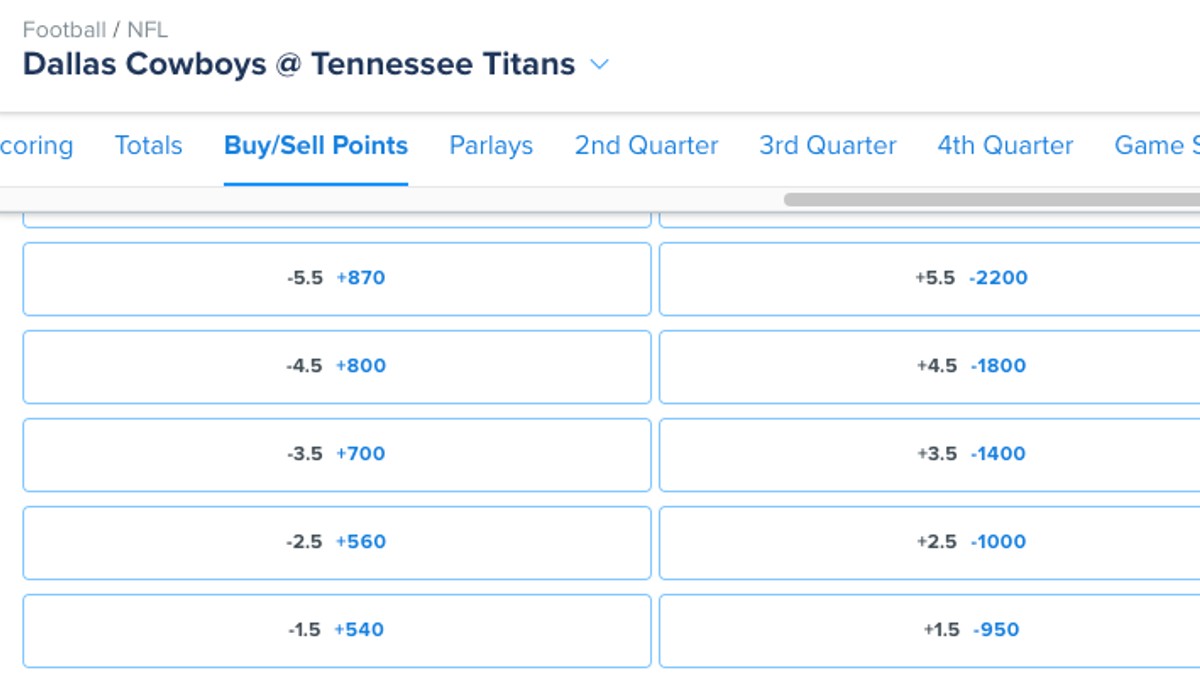: Imagine you’re at a candy store, and they have a giant bowl of your favorite candies. The standard price is, say, $5 a handful. But then, they have these smaller bowls, some with slightly fewer candies, and those are priced a little lower. That’s kinda what an alternate spread is in sports betting.
The standard spread is like that big bowl – it’s the main, initial line set by the bookmaker (that’s the candy store owner!). It reflects their best guess on how much one team will beat the other. Let’s say the Lakers are playing the Celtics, and the standard spread is Lakers -7.5. This means the Lakers are favored to win by more than 7.5 points. If they win by exactly 7.5, it’s a push, and you get your money back. If they win by 8 or more, you win. If they win by 7 or less, or lose, you lose your bet.

Now, the alternate spread is like those smaller bowls. The bookmaker might offer alternate spreads for the same game, perhaps Lakers -5.5 or even Lakers -3.5. These are different versions of the spread, giving you more choices. Naturally, because you’re getting a more favorable line (the Lakers need to win by less), your payout will be smaller. It’s a trade-off. You’re decreasing your risk (less points needed for a Lakers win), but you’re also getting a smaller reward.
Why would a bookmaker offer these alternate spreads? Well, it’s all about balancing their risk. If they feel a lot of people are betting on the Lakers to cover the -7.5 spread, offering a -5.5 or -3.5 might attract bets on the other side and help them manage their potential losses. They’re essentially trying to spread out the bets more evenly, minimizing their risk of a big payout on one side. It’s all about managing the risk, you see? Like making sure they have enough of every kind of candy to satisfy everyone.
Let’s look at a quick example:
| Team | Standard Spread | Alternate Spread 1 | Alternate Spread 2 | Payout (for a $100 bet, assuming a simple 1:1 payout for illustration purposes) |
|---|---|---|---|---|
| Lakers | -7.5 | -5.5 | -3.5 | $100 (Standard), $80 (Alternate 1), $60 (Alternate 2) |
| Celtics | +7.5 | +5.5 | +3.5 | $100 (Standard), $125 (Alternate 1), $166.67 (Alternate 2) |
Please note that this is a simplified example and actual payouts will vary depending on the odds offered by the bookmaker.
Remember, those payouts are just examples. Real-life odds are usually expressed as decimals or fractions, and the actual payout will depend on the specific odds offered for each spread. You’ll almost always get a slightly lower return for taking the better spread (for you).
Now, why would you choose an alternate spread? Maybe you think the Lakers are going to win, but you’re not entirely confident they’ll cover the -7.5 spread. Choosing the -5.5 or -3.5 spread gives you a better chance of winning, even if the payout is smaller. It’s all about managing your risk and reward. It’s a bit of a gamble, but it’s a calculated one.

It’s also important to remember that understanding the implications of alternate spreads requires some knowledge of the teams and their potential performance. Analyzing factors like player injuries, team form, and even the playing conditions can help you make informed decisions.
Think of it like this: would you rather have a small chance of winning a big prize, or a bigger chance of winning a smaller prize? The alternate spread gives you the option to adjust your risk tolerance according to your confidence level. It’s a tool for seasoned bettors, but it’s also a tool that can help newcomers learn to manage their wagers with more precision.
So, there you have it – a pretty easy explanation of alternate spreads. It’s all about having more choices, managing risk, and hopefully, increasing your chances of winning (or at least losing a little less!). It’s not rocket science, but it does require a little bit of thought and understanding. What are your thoughts on alternate spreads? Have you used them before? I’d love to hear your experiences.